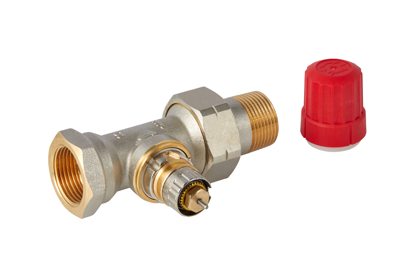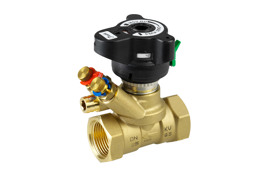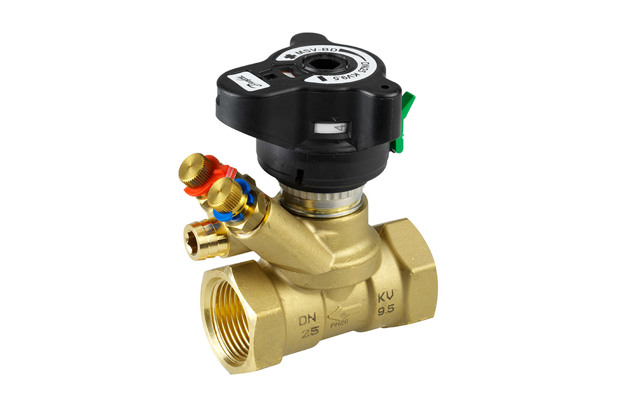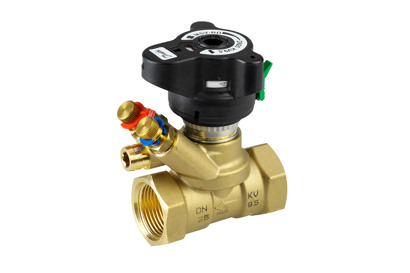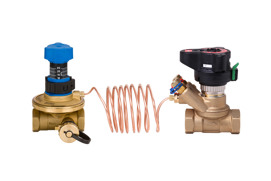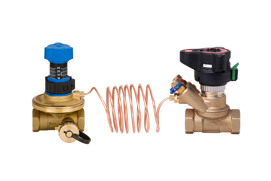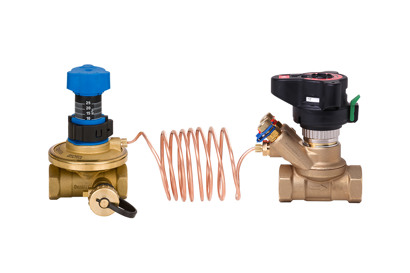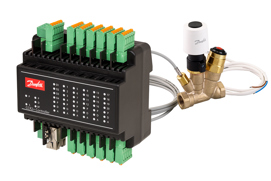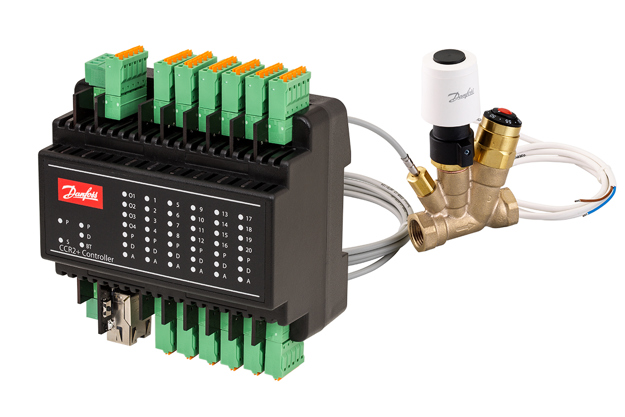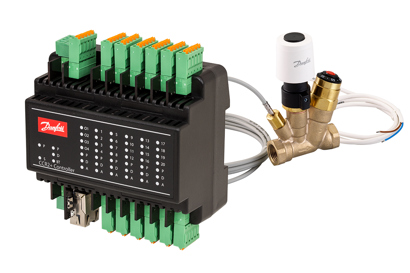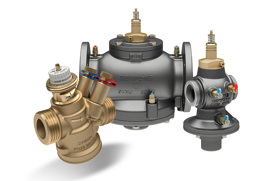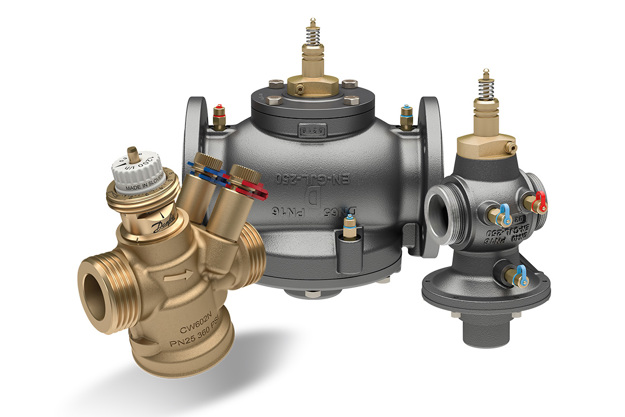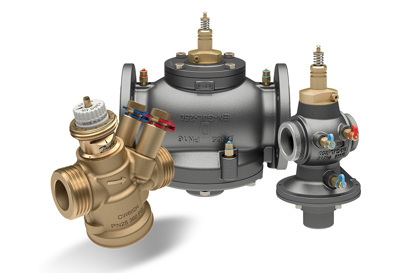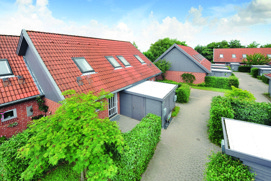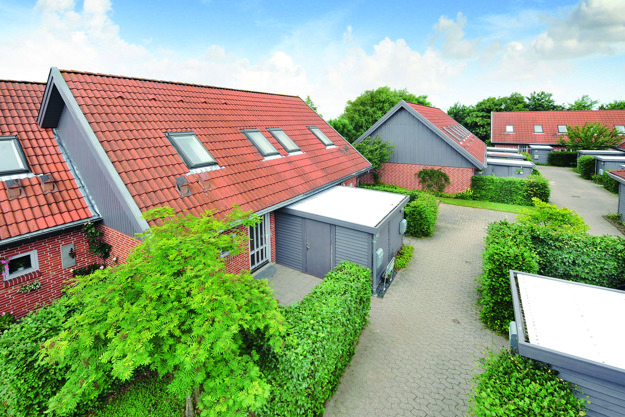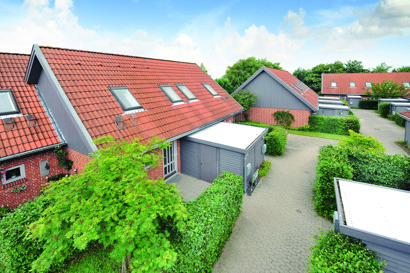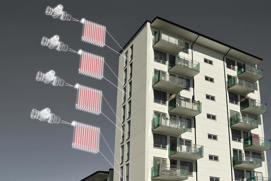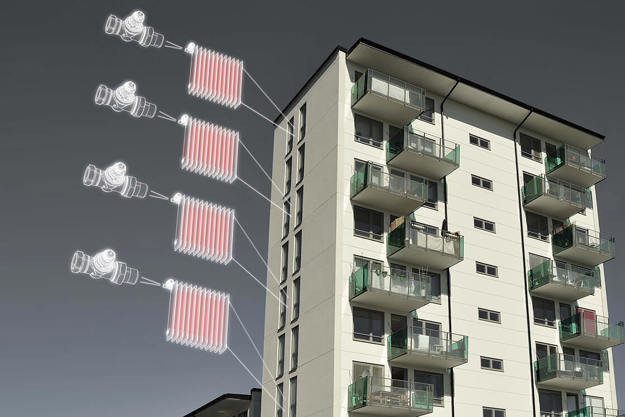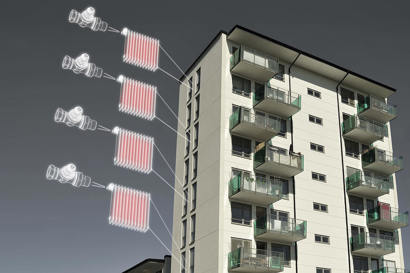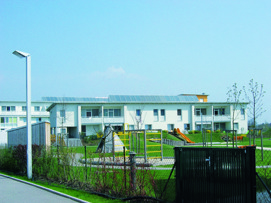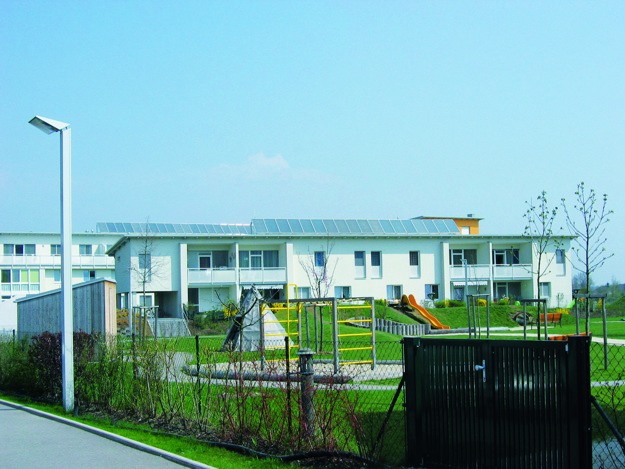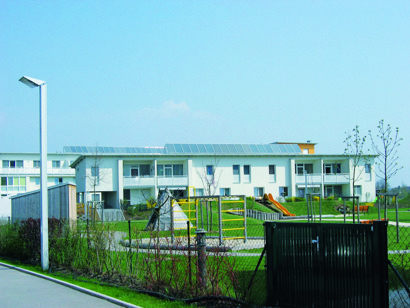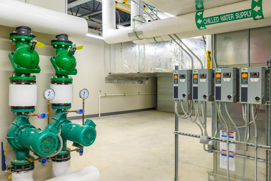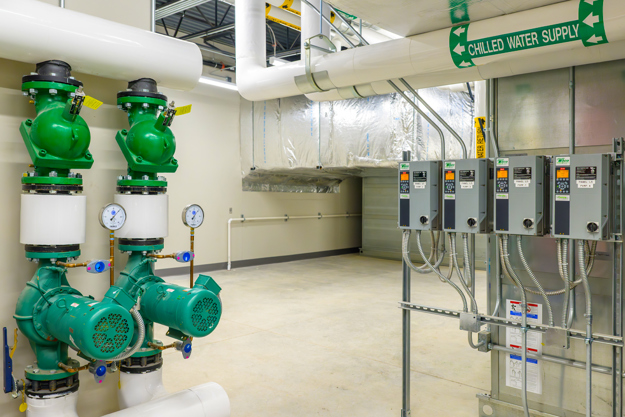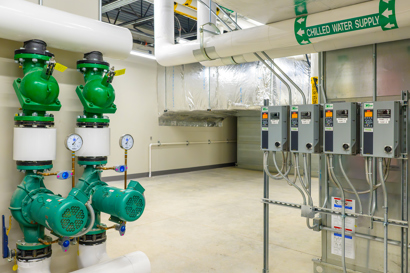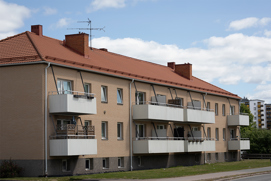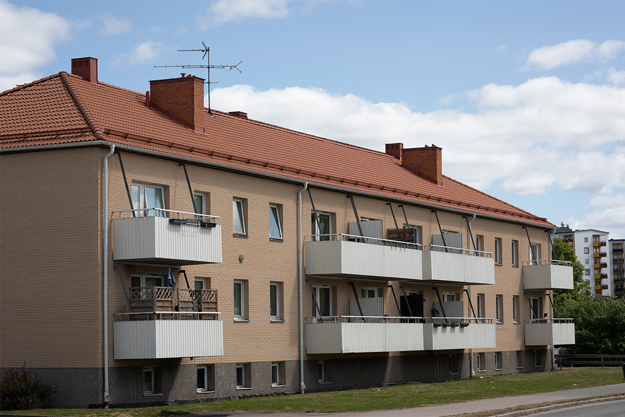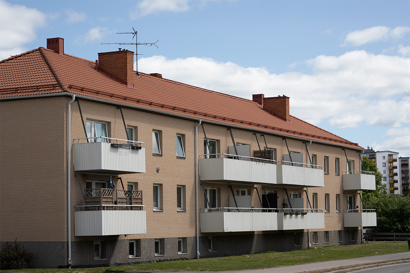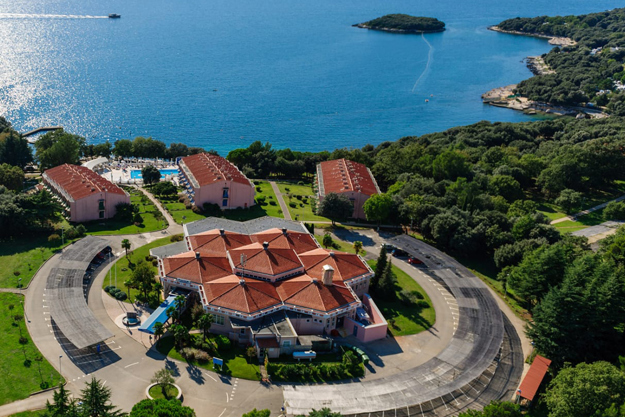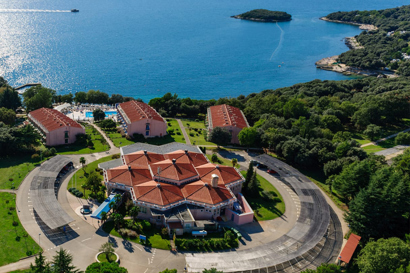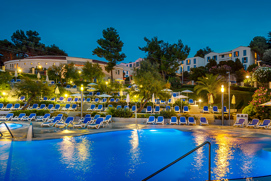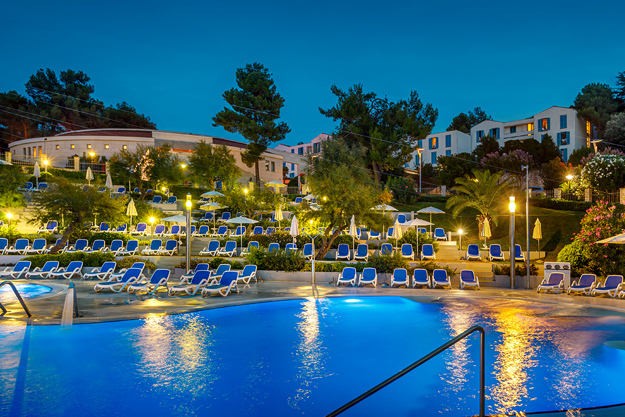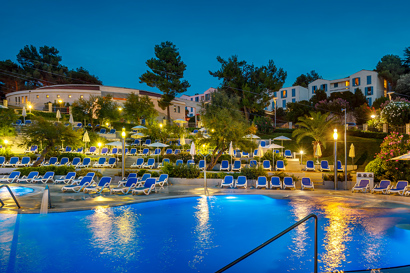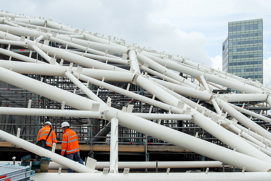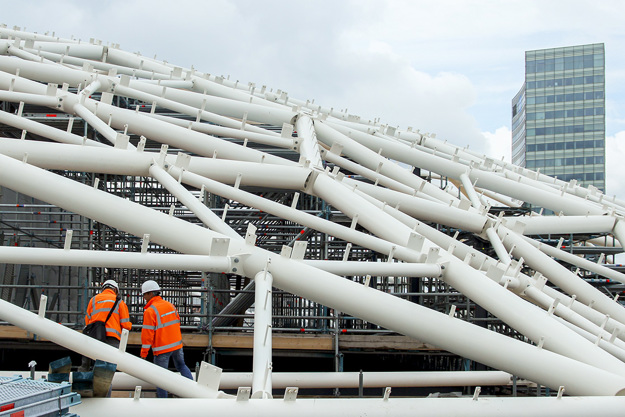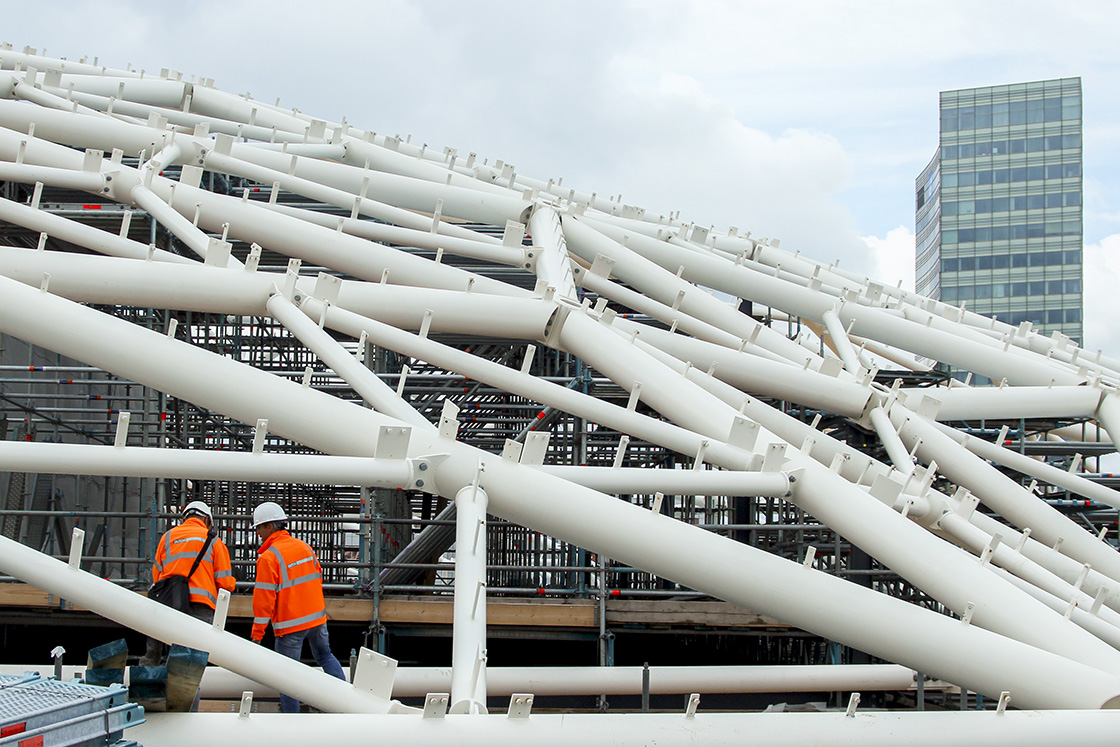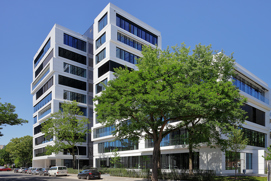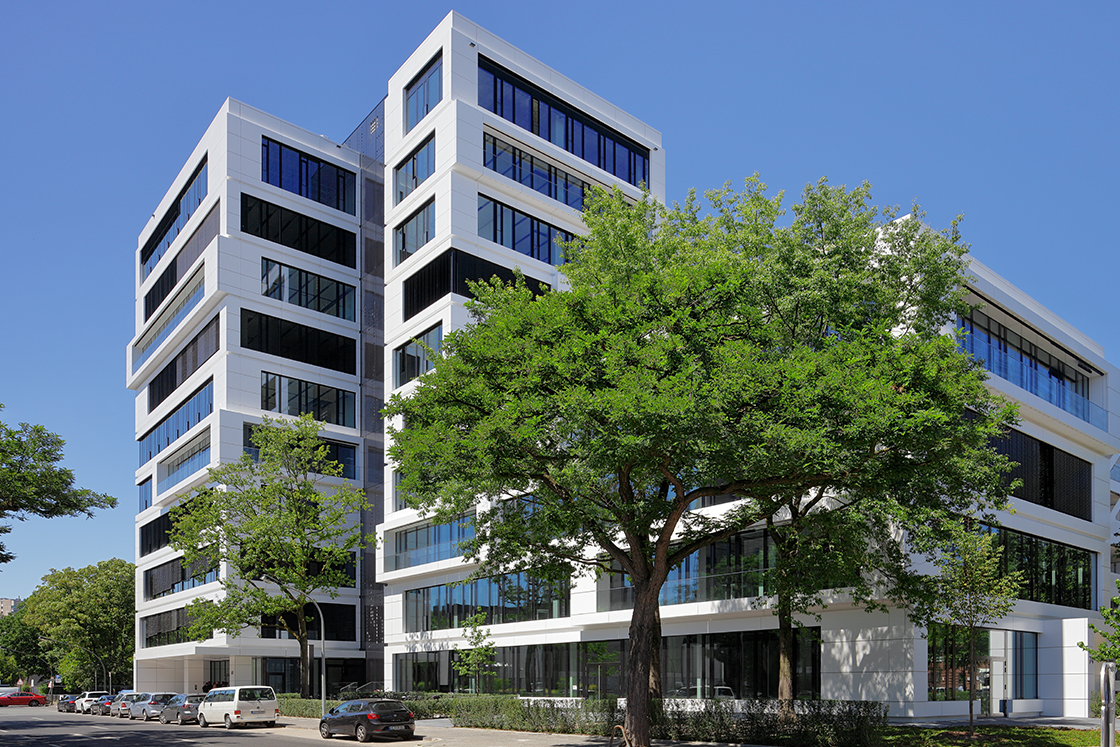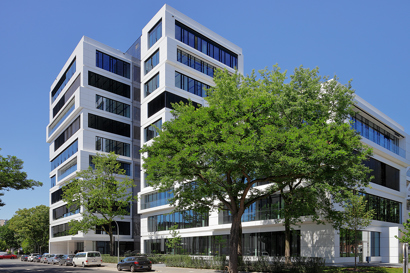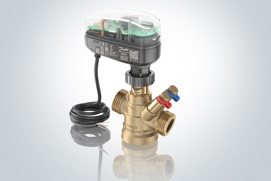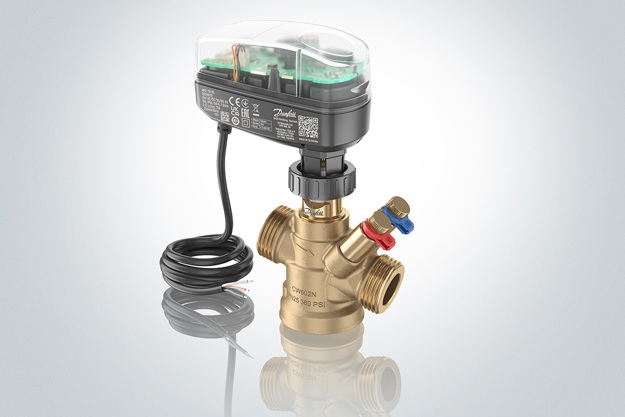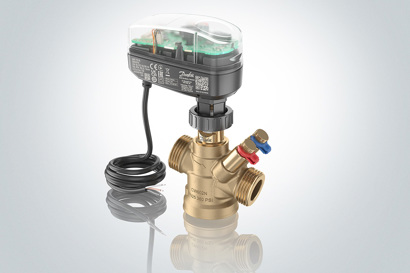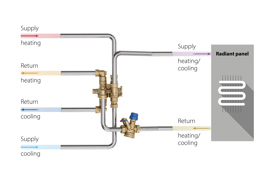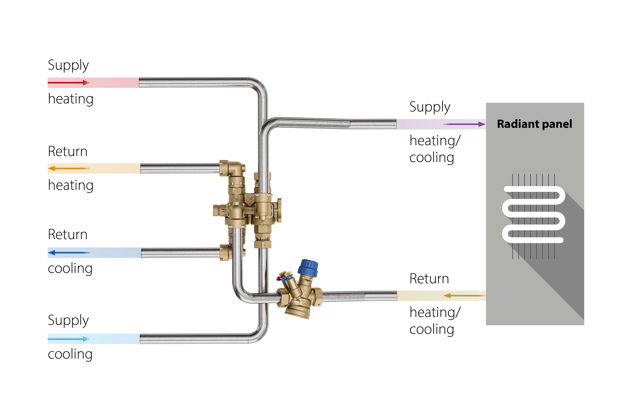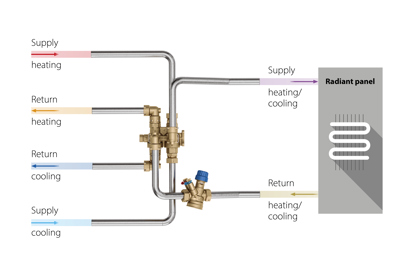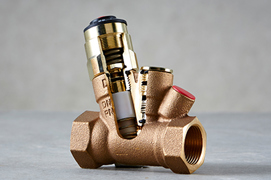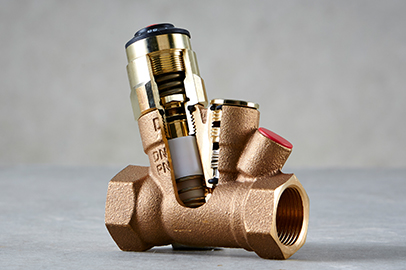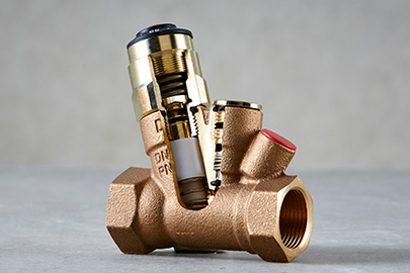Hydronic balancing of HVAC heating and cooling systems is essential for many reasons. It is necessary in order to achieve proper indoor comfort and for the system to run as efficiently as possible. If the hydronic balance is not properly in place, end-user complaints, extra costs and reduced lifetime value of the system can be expected.
Danfoss offers a hydronic balancing solution for every situation:
Pressure-Independent balancing and Control Valves (PICV) combine hydronic balancing and temperature control functionalities in one product. They are simply set to the design flow and used in both heating and cooling systems with variable flow conditions.
Automatic balancing valves eliminate pressure fluctuations occurring in variable flow systems. With additional pre-setting radiator valves that limit the maximum flow through e.g. radiators, the system can be hydronically balanced. Another automatic balancing solution is provided by the Pressure-Independent thermostatic radiator valves which combine the control of differential pressure and flow limitation in one valve.
Thermal balancing valves establish a proper balance by using the temperature entering the circulation pipes of Domestic Hot Water system risers. This provides a very efficient system.
Manual balancing valves can be used in systems with a constant flow, such as systems with 3-way control valves. They need to be commissioned to establish the design flow.
How we can help you
Improved energy efficiency and indoor comfort
Fewer complaints about uneven heat distribution
Fewer complaints about system noise
Savings on pump dimensions and energy consumption
Relatively short payback times
Documents
| Type | Name | Language | Valid for | Updated | Download | File type |
|---|---|---|---|---|---|---|
| Application guide | Application guide | Italian | Italy | 07 Mar, 2021 | 10.1 MB | |
| Application guide | Application leaflet | Lithuanian | Lithuania | 18 May, 2021 | 19.0 MB | |
| Application guide | HVAC Application guide | Spanish, Castilian | Spain | 02 Feb, 2022 | 8.7 MB | |
| Application guide | HVAC Application guide | English | Multiple | 26 Oct, 2020 | 19.4 MB | |
| Application guide | HVAC Application guide | Polish | Poland | 14 Jun, 2021 | 11.3 MB | |
| Application guide | HVAC Application guide | Latvian | Latvia | 21 Apr, 2021 | 20.2 MB | |
| Application guide | HVAC Application guide | Czech | Czech Republic | 18 Nov, 2014 | 7.3 MB | |
| Application guide | HVAC Application guide 2021 | Hungarian | Hungary | 21 Sep, 2021 | 11.7 MB | |
| Application guide | Planner Manual Hydraulic | German | Multiple | 01 Apr, 2021 | 16.5 MB |
Related products
-
if (isSmallPicture) {


 Radiator valves
Radiator valvesRobustly built and designed to meet the rigors of the commercial and industrial sectors, a comprehensive range of Danfoss radiator valves is available for practically all systems and installation conditions.
-
if (isSmallPicture) {


 Leno MSV
Leno MSVWith LENOTM MSV Danfoss offers a versatile range of manual balancing valves for different HVAC heating and cooling applications having a constant flow system. The valves are available in sizes DN 15 – 50 and offer several practical benefits.
-
if (isSmallPicture) {


 ASV Automatic balancing valves
ASV Automatic balancing valvesASV automatic balancing valves provide a dynamic balancing solution for two-pipe heating or cooling applications. The riser-mounted valves eliminate pressure fluctuations occurring in variable flow systems at partial load conditions. For a proper hydronic balance the valves should be combined with pre-setting valves.
-
if (isSmallPicture) {


 MTCV with CCR2+
MTCV with CCR2+MTCV Thermal balancing valves provide a dynamic, temperature based, balancing solution for drinking water applications. Combined with the CCR2+ a smart and energy-efficient electronic control solution for monitoring and disinfecting DHW systems is established.
-
if (isSmallPicture) {


 AB-QM Pressure Independent Control Valves (PICV) DN15 - DN250
AB-QM Pressure Independent Control Valves (PICV) DN15 - DN250AB-QM Pressure Independent balancing and Control Valves (PICV) provide both a control functionality and dynamic balancing solution for HVAC heating and cooling systems. PICVs are designed for various types of terminal units, Air Handling Units (AHU), chillers and provide high indoor comfort and energy efficiency in public and commercial buildings.
Learning
-
if (isSmallPicture) {


 How to balance HVAC systems in “Shell and Core buildings”
How to balance HVAC systems in “Shell and Core buildings”Shell & Core buildings – larger buildings split in smaller zones for rental purpose – such as office buildings or shopping malls are rapidly gaining in popularity. The design and commissioning of the HVAC system in such buildings requires another approach. If this is not taken into account issues like a long handover time, an over-dimensioned and unreliable system will occur.
-
if (isSmallPicture) {


 Types of hydronic balancing: Auto-balancing
Types of hydronic balancing: Auto-balancingAuto-balancing can be used in addition to or as an alternative to static or dynamic balancing. Auto-balancing solutions use intelligent digital system control to ideally implement complete hydronic balancing without complex pre-calculations. Danfoss’ solution is suitable for systems with up to 20 radiators or heating circuits, i.e. primarily for detached and semi-detached houses.
-
if (isSmallPicture) {


 Basics of hydronic balancing and types of hydronic balancing
Basics of hydronic balancing and types of hydronic balancingHydronic balancing is one of the most important measures for optimizing heating systems. Although all experts are aware of this measure, it is still difficult to draw clear distinctions between its variants – static, dynamic and auto-balancing.
-
if (isSmallPicture) {


 Types of hydronic balancing: Dynamic hydronic balancing
Types of hydronic balancing: Dynamic hydronic balancingDynamic hydronic balancing keeps the water flows and differential pressure of the heating system constant throughout the building under all load conditions and offers high energy saving potential, especially in large buildings.
-
if (isSmallPicture) {


 Types of hydronic balancing: Static hydronic balancing
Types of hydronic balancing: Static hydronic balancingWith static hydronic balancing, the mass flows are regulated manually, via pressure-dependent valves. Here, the mass flows are calculated and set exclusively for full load cases – efficiency-optimized heating water distribution is therefore only aimed at for the maximum utilization of the heating system
Case stories
-
if (isSmallPicture) {


 Pumping smarter, not harder with intelligent drives for maximized indoor comfort
Pumping smarter, not harder with intelligent drives for maximized indoor comfortUSA: With integrated condition monitoring, VLT® HVAC Drive FC 102 optimizes hydronic system uptime to enhance indoor climate at a community healthcare facility in Wisconsin.
-
if (isSmallPicture) {


 Apartment block saves energy and money with AI and dynamic balancing
Apartment block saves energy and money with AI and dynamic balancingCentrally heated apartment buildings often suffer from variations in room temperatures due to inefficient and unbalanced heating systems. This can lead to unhappy residents complaining about lack of comfort or high energy bills. Swedish cooperative organization HSB aimed to use an intelligent monitoring and control solution to improve the energy efficiency and indoor comfort of a 12-apartment block that is connected to district heating.
-
if (isSmallPicture) {


 3* resort reduces hot water wait times with MTCV
3* resort reduces hot water wait times with MTCVBuilding: Hotel/resort
Application: Renovating the Domestic Hot Water (DHW) system to stabilize water temperatures
Challenge: Reduce hot water wait times and improve energy efficiency
Solution: Multifunctional Thermostatic Circulation Valves (MTCV) were installed on DHW branches for hydronic balancing. -
if (isSmallPicture) {


 4* resort increases guest ratings and saves on heat pump energy costs
4* resort increases guest ratings and saves on heat pump energy costsBuilding: Hotel/resort
Application: Heat pump system for comfort cooling via fan coil units
Challenge: Increase guest comfort and save on energy costs
Solution: The hydronic HVAC system for cooling was equipped with AB-QM 4.0 PICV valves for dynamic hydronic balancing and control via TWA-Q thermal actuators -
if (isSmallPicture) {


 HVAC flexibility & Energy monitoring in EDGE Amsterdam West multi-tenant healthy & smart office
HVAC flexibility & Energy monitoring in EDGE Amsterdam West multi-tenant healthy & smart officeBuilding: Office
Application: Hydronic balancing and remote control of 4-pipe heating/cooling change-over system.
Challenge: Gaining BREEAM credits for energy monitoring and ensure fast, fail free installation.
Solution: Digital NovoCon S actuator combined with AB-QM 4.0 PICVs and ChangeOver6 Energy. The combination balances the system hydronically, allow remote access via a BMS and provides actual energy consumption data per climate panel during both heating and cooling operation. -
if (isSmallPicture) {


 Outstanding HVAC flexibility after high-end office building renovation
Outstanding HVAC flexibility after high-end office building renovationBuilding: Office
Application: Hydronic balancing and remote control of 4-pipe heating/cooling change-over system
Challenge: Ensure a flexible to use HVAC system with DGNB sustainability certification
Solution: Digital NovoCon actuator combined with AB-QM control valves and NovoCon CO6 combined with ChangeOver6 as a combination balance the system hydronically, allow remote access via a BMS and control the room temperatures during both heating and cooling operation.
Videos
News
-
if (isSmallPicture) {


 Introducing the Next-Generation AME 110NL(X) Modulating ActuatorsWednesday, September 25, 2024
Introducing the Next-Generation AME 110NL(X) Modulating ActuatorsWednesday, September 25, 2024The 2nd generation of AME 110NL(X) actuators for AB-QM 4.0 valves are significantly upgraded and designed to enhance the performance and efficiency of hydronic HVAC systems. These advanced actuators replace the existing AME 110NL(X) and AME 120NL models and deliver high-precision control due to the built-in digital step motor which has a 15x higher resolution as its predecessors.
-
if (isSmallPicture) {


 Expanding the AB-QM family with AB-QM 4.0 CO6 FlexoThursday, July 25, 2024
Expanding the AB-QM family with AB-QM 4.0 CO6 FlexoThursday, July 25, 2024AB-QM 4.0 CO6 Flexo, is a standardized prefab PICV connection set especially developed to streamline the design, installation, and servicing of hydronic HVAC systems, specifically radiant panels and chilled beams in four-pipe heating and cooling change-over systems.
-
if (isSmallPicture) {


 Legionella prevention, the smart wayMonday, September 24, 2018
Legionella prevention, the smart wayMonday, September 24, 2018For many years Danfoss has played an important role to establish safe Domestic Hot Water systems in hospitals, hotels, multi-family apartments and other buildings. Now our MTCV thermal balancing valves and new CCR2+ electronic controller for automatic disinfection have been significantly improved to your benefit.




